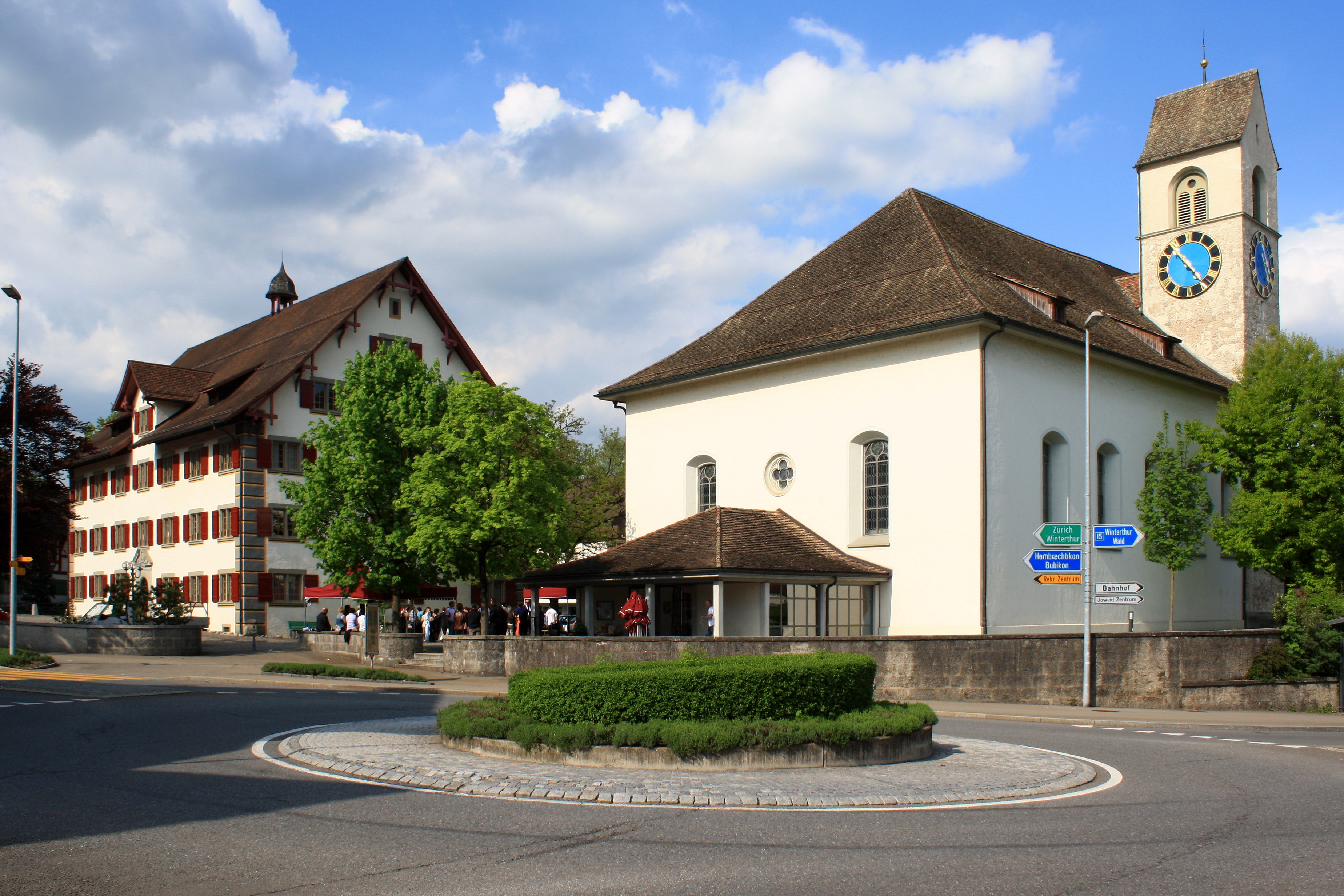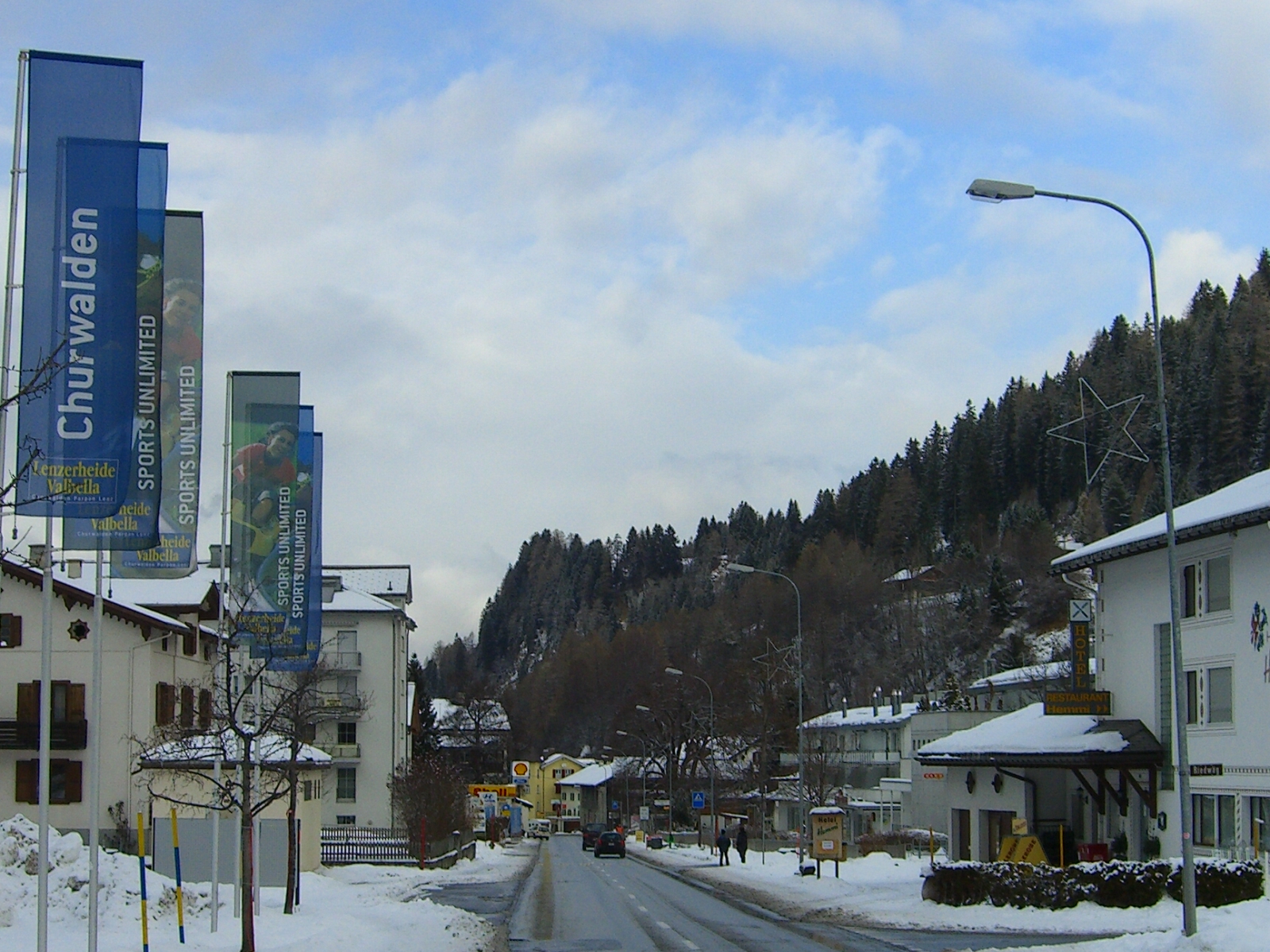|
Elisabeth Von Toggenburg
Elisabeth von Matsch (also ''von Mätsch'', ''Mazzo'', ''von Toggenburg'', date of birth unknown; † after 20 June 1442, assumably on 24 November 1446, probably in the Rüti Abbey) was the last countess of the Swiss noble House of Toggenburg from 1436. She was the spouse of Friedrich VII, count of Toggenburg. Early life Elisabeth was the daughter of Ulrich IV, Vogt (Switzerland), Vogt of Matscher Tal, Matsch, Count of Kirchberg (1349–1402) and ''Landeshauptmann'' of County of Tyrol, Tirol (1361–1363), and Agnes Countess of Kirchberg in Tirol, Kirchberg († 1401). There are no sources about her early years, and her life as Countess of Toggenburg is sparsely documented. Intentionally to end the long year territorial disputes between the Matsch family and the House of Toggenburg as the Matsch family's opponent in the present Swiss cantons of Canton of Graubünden, Graubünden and Canton of St. Gallen, St. Gallen, Elisabeth married Frederick VII, Count of Toggenburg, Friedrich ... [...More Info...] [...Related Items...] OR: [Wikipedia] [Google] [Baidu] |
Stadtmuseum Rapperswil
Stadtmuseum Rapperswil-Jona is a museum of local history and art in Rapperswil, canton of St. Gallen in Switzerland. Location The museum is situated in three Middle Ages buildings, remains of a former castle as part of the town walls of Rapperswil, as of today in the so-called ''Breny house'', a keep, and in the ''Breny tower'' and an intermediate section that was a battlement of the town wall at ''Herrenberg'' hill. The buildings are situated between Schloss Rapperswil, Stadtpfarrkirche Rapperswil and ''Engelplatz'' square. Breny house and Breny tower Breny house and Breny tower are part of the remains of the northeastern town walls of the medieval city of Rapperswil. The buildings date back to early 13th century AD, when the lords of Russikon (Russinger) built a residential tower respectively a small castle as servants (Ministerials) of the Counts of Rapperswil. In its present form, it was built in 1492 by the knight Hans of Landenberg from the Töss Valley replacing th ... [...More Info...] [...Related Items...] OR: [Wikipedia] [Google] [Baidu] |
Rüti Reformed Church
Reformierte Kirche Rüti (native German name, literally: Rüti Reformed Church) is an Evangelical Reformed church in the Swiss municipality of Rüti in the Canton of Zürich. It was built between 1214 and 1219 AD as the Romanesque style church of the then Premonstratensian ''Kloster Rüti'', an abbey that was founded in 1206 by the House of Regensberg and suppressed in 1525 as part of the Reformation in Zürich. Location The church is situated in the center of the municipality of Rüti on a small rocky plateau near the Jona River at the site of the former abbey which is called ''Amthof'' respectively ''Klosterhof''. Northwest of the parish church there is the rectory called ''Spitzer-Liegenschaft'' and to the west the ''Amthaus'' building which was rebuilt in 1706 when a fire partially destroyed the church and most of the remaining buildings of the abbey. Architecture In 1214 AD the canons of Premonstratensian abbey laid the foundation stone, and they first built the pres ... [...More Info...] [...Related Items...] OR: [Wikipedia] [Google] [Baidu] |
Churwalden
Churwalden is a municipality in the Plessur Region in the canton of Graubünden in Switzerland. It incorporates the former municipalities of Malix and Parpan. History Churwalden is first mentioned in 1149 as ''silva Augeria''. In 1191 it was mentioned as ''de Curwalde''. Geography Churwalden has an area, (as of the 2004/09 survey) of . Of this area, about 43.8% is used for agricultural purposes, while 39.6% is forested. Of the rest of the land, 3.7% is settled (buildings or roads) and 12.9% is unproductive land. In the 2004/09 survey a total of or about 2.6% of the total area was covered with buildings, an increase of over the 1984/85 amount. Of the agricultural land, is used for orchards and vineyards, is fields and grasslands and consists of alpine grazing areas. Since 1984/85 the amount of agricultural land has decreased by . Over the same time period the amount of forested land has increased by . Rivers and lakes cover in the municipality. [...More Info...] [...Related Items...] OR: [Wikipedia] [Google] [Baidu] |
Albula (river)
Albula (German; rm, Alvra) is a river of Switzerland, a right tributary of the Hinterrhein. Length: , Basin: . It flows into the Hinterrhein near Thusis Thusis ( it, Tosana, '' Romansh: Tusàn'') is a municipality in the Viamala Region in the Swiss canton of Graubünden. On 1 January 2018 the former municipality of Mutten merged into the municipality of Thusis. History Thusis is first mentioned .... Rivers of Switzerland Rivers of Graubünden Albula/Alvra Bergün Filisur Fürstenau, Switzerland Sils im Domleschg Scharans Thusis Vaz/Obervaz {{Switzerland-river-stub ... [...More Info...] [...Related Items...] OR: [Wikipedia] [Google] [Baidu] |
Prättigau
The Prättigau, in the canton of Graubünden (Grisons), Switzerland, is the geographical region consisting of the main valley of the river Landquart (river), Landquart and the valleys of its side-rivers and creeks. Landquart River, which drains into the Alpine Rhine in the town of the same name, is on its upper end home to the ski resorts of Klosters. Landquart, Graubünden, Landquart is a village with a railway junction on the flat floor valley of the Alpine Rhine just north of Chur, the capital of the Grisons. The Prättigau is a tourist destination for winter and summer activities, including downhill and cross-country skiing, tobogganing and hiking. Traditionally, towns in the Prättigau were reliant on the lumber industry, although the income from tourism has largely replaced that. The historical American Van Leer (surname), Van Leer family claims linage from this area through Swiss archives. References * {{DEFAULTSORT:Prattigau Regions of Switzerland Valleys of the ... [...More Info...] [...Related Items...] OR: [Wikipedia] [Google] [Baidu] |
Zehngerichtenbund
The League of the Ten Jurisdictions was the last of the Three Leagues founded during the Middle Ages in what is now Canton Graubünden of Switzerland. The League was created in the County of Toggenburg after the counts of Toggenburg died out. The League initially existed to resist the power of the House of Habsburg, and quickly allied with the Grey League and the League of God's House. In 1524 the three leagues joined to become the Free State of the Three Leagues, which existed until the Napoleonic dissolution of the Free State. History The League of the Ten Jurisdictions was the last of the three leagues to be founded. On April 30, 1436, the last Count of Toggenburg, Friedrich VII, died without any male heirs and without a will. The Toggenburg lands included the valley of Prättigau, the upper Albula valley (Belfort), Churwalden, Schanfigg and Maienfeld. For the Toggenburg properties, the future was very uncertain. The communities would either be split among other n ... [...More Info...] [...Related Items...] OR: [Wikipedia] [Google] [Baidu] |
Grynau Castle
The Grynau Castle (Swiss German: ''Grynau'', ''Grinau'' and ''Schloss Grynau'') is the name of a castle tower in the municipality of Tuggen in the canton of Schwyz, built by the House of Rapperswil in the early 13th century AD. Geography The castle respectively the tower is situated at the then only bridge over the Linth river, in the east of the former, dried up '' Tuggenersee'' lakeshore, at the southern end of the Buechberg hill in the municipality of Tuggen in the canton of Schwyz in Switzerland. Since the correction of the Linth river, the ''Fridgraben'' and the ''St. Gallerstrasse'', a road towards Tuggen, and the ''Linth'' canal and the ''Grynaustrasse'' towards Uznach separate the property also from the former Linth river. The Linth canal respectively the Grynau tower also marks the historical border between the cantons of Schwyz and St. Gallen. History Built probably in the early 13th century AD by the House of Rapperswil, the castle secured the strategically imp ... [...More Info...] [...Related Items...] OR: [Wikipedia] [Google] [Baidu] |
Jus Patronatus
The right of patronage (in Latin ''jus patronatus'' or ''ius patronatus'') in Roman Catholic canon law is a set of rights and obligations of someone, known as the patron in connection with a gift of land (benefice). It is a grant made by the church out of gratitude towards a benefactor. Its counterpart in English law and in the Church of England is called an advowson. The right of patronage is designated in papal letters as ''"ius spirituali annexum"'' and is therefore subject to ecclesiastical legislation and jurisdiction as well as civil laws relating to the ownership of property. Background In the Eastern Catholic Churches, the founder of a church was permitted to nominate an administrator for the temporal goods and indicate to the bishop a cleric suitable for appointment. In the Latin Church, the Synod of Orange in 441 granted a right of "presentation" to a bishop who had built a church in another diocese and the Synod of Toledo in 655 gave a layman this privilege for ea ... [...More Info...] [...Related Items...] OR: [Wikipedia] [Google] [Baidu] |
Fiscus Judaicus
The or (Latin for "Jewish tax") was a tax imposed on Jews in the Roman Empire after the destruction of Jerusalem and its Temple in AD 70. Revenues were directed to the Temple of Jupiter Optimus Maximus in Rome. The tax measure improved Rome's finances and also worked as a deterrent against proselytizing. Those who paid the tax did not have to sacrifice to Roman gods. Contemporary sources Modern knowledge of the fiscus Judaicus is found in four primary sources: * A small number of Roman Egyptian tax receipts * A passage from ''The Jewish War'' by Josephus * A passage from ''The Twelve Caesars'' by Suetonius * A passage from the ''Roman History'' by Cassius Dio Imposition The tax was initially imposed by Roman emperor Vespasian as one of the measures against Jews as a result of the First Roman-Jewish War, or first Jewish revolt of AD 66–73. The tax was imposed on all Jews throughout the empire, not just on those who took part in the revolt against Rome. The tax was impo ... [...More Info...] [...Related Items...] OR: [Wikipedia] [Google] [Baidu] |
Schmerikon
Schmerikon is a municipality in the ''Wahlkreis'' (constituency) of See-Gaster in the canton of St. Gallen in Switzerland. In the local Swiss German dialect it is called ''Schmerike''. Geography Schmerikon is located at the head of Lake Zurich, on the section of the lake known as the ''Obersee'' and where the Linth river enters the lake. Part of the municipality is a natural reserve, particularly along the lake shore. Schmerikon has an area, , of . Of this area, 38.9% is used for agricultural purposes, while 23% is forested. Of the rest of the land, 27% is settled (buildings or roads) and the remainder (11.1%) is non-productive (rivers or lakes). Coat of arms The blazon of the municipal coat of arms is ''Gules two Crescents addorsed Or and in chief a Cross pattee Argent.'' Demographics Schmerikon has a population (as of ) of . , about 25.9% of the population was made up of foreign nationals. Of the foreign population, (), 22 are from Germany, 239 are from Italy, 363 are ... [...More Info...] [...Related Items...] OR: [Wikipedia] [Google] [Baidu] |


